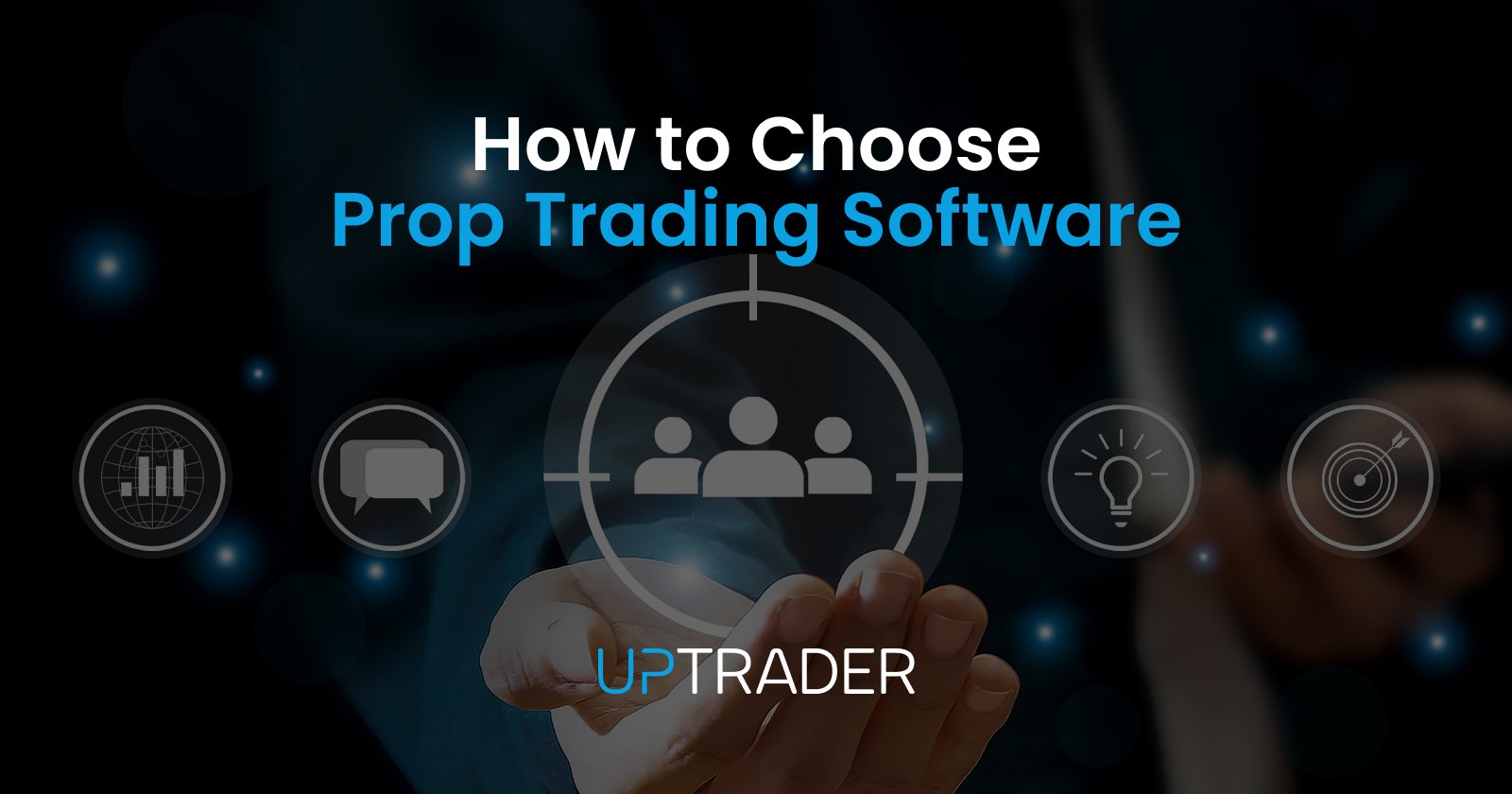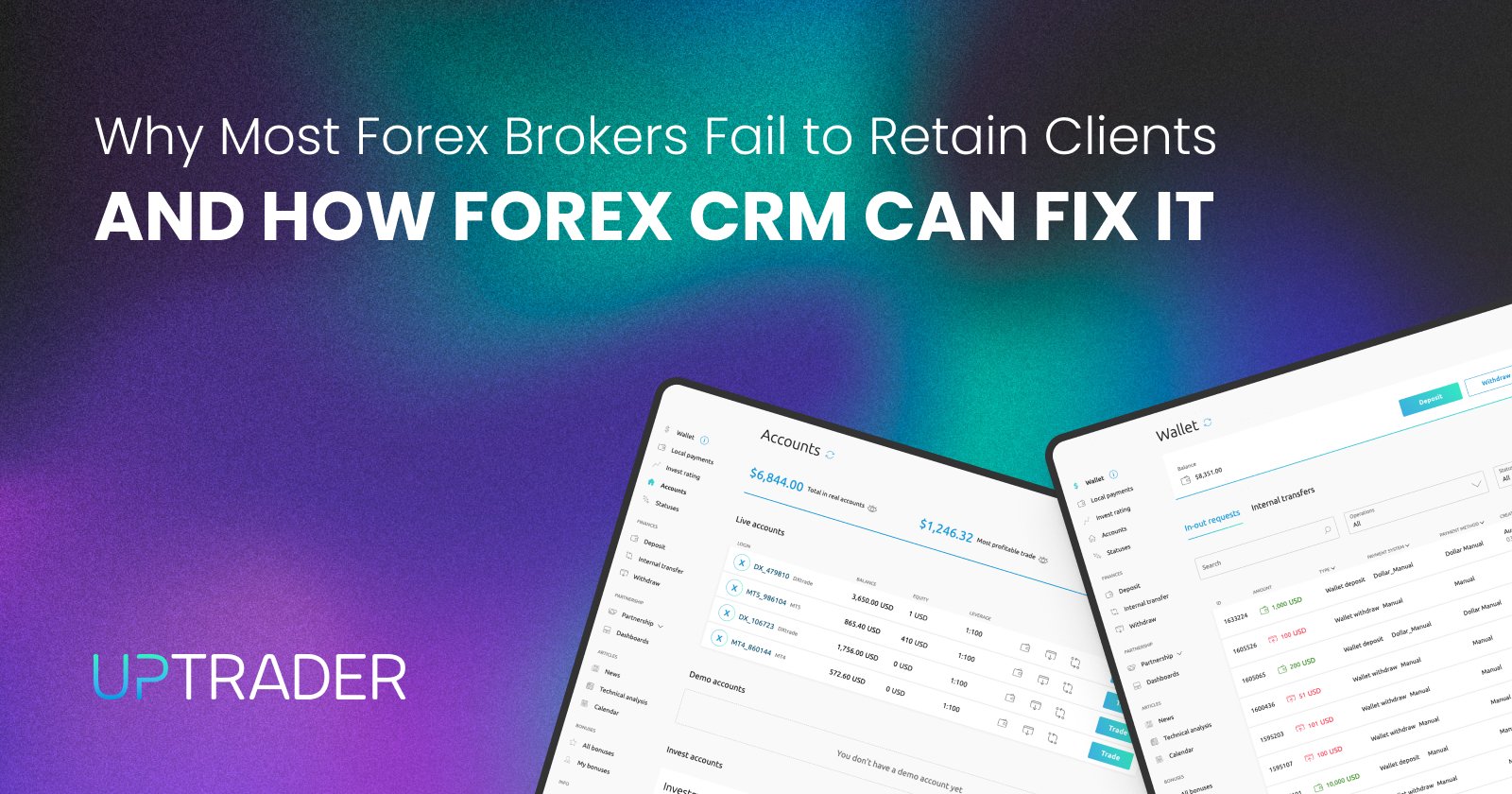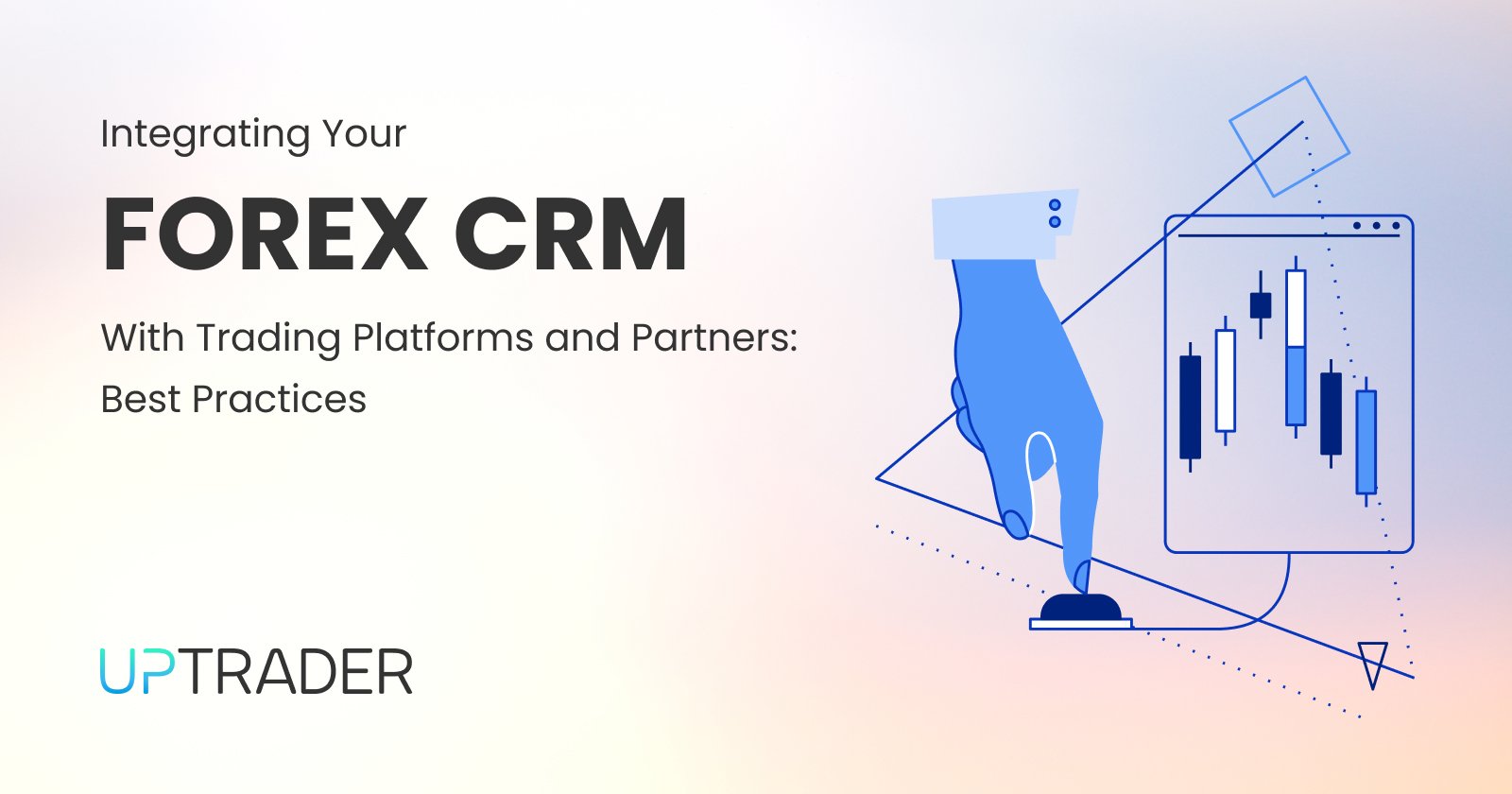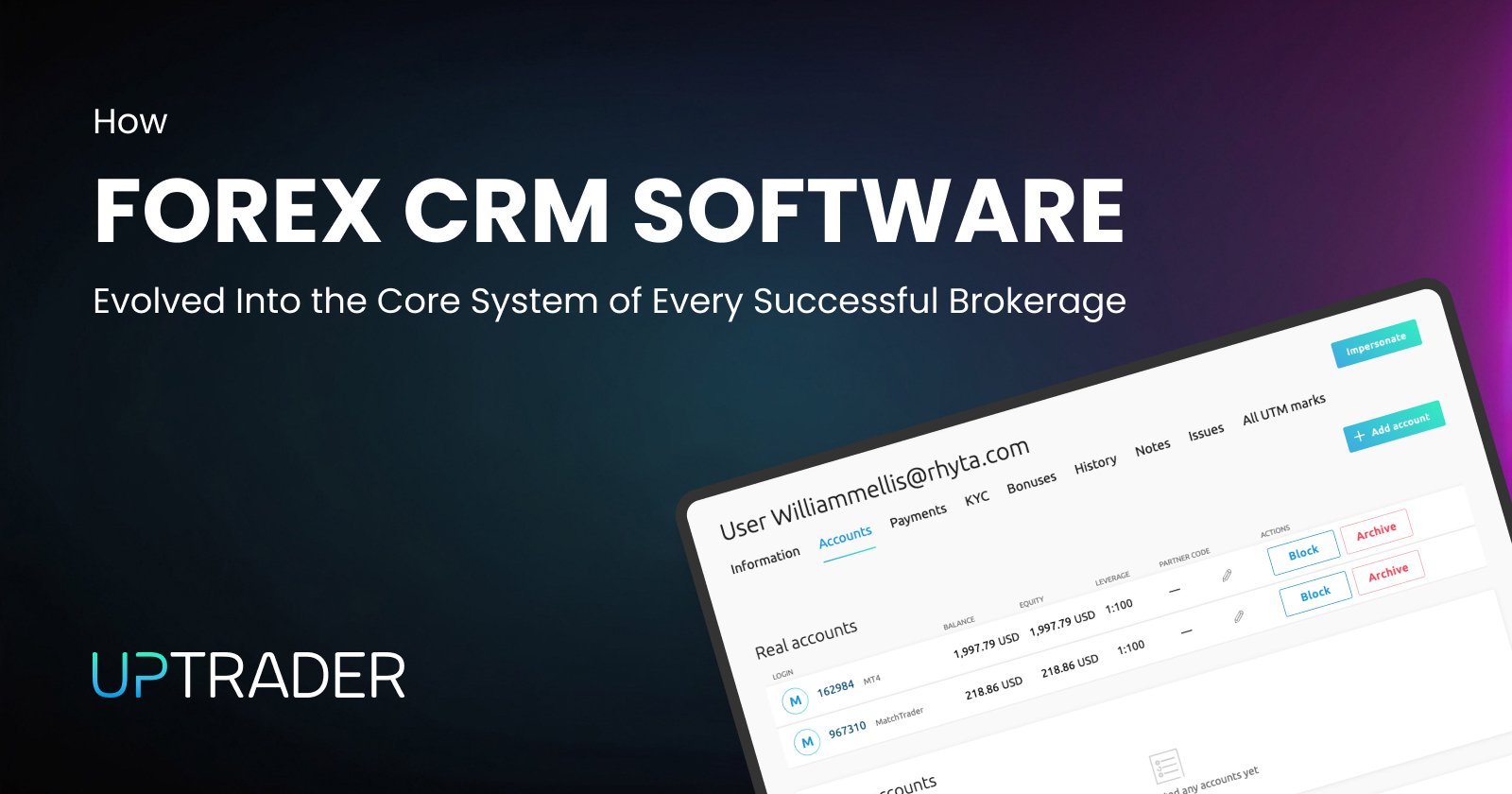How to Choose Prop Trading Software.

Share this publication:
Proprietary trading, also known as prop trading, is a term that has gained considerable popularity and relevance in contemporary times. Traders, firms, and individual investors are looking for technology, more and more, to improve their trading techniques, mitigate risks, and enhance performance. As with any other aspect of prop trading, choosing the appropriate trading application is pivotal to success in the endeavor.
Understanding Proprietary Trading
Before diving into the specifics of trading software, it’s essential to understand what proprietary trading entails. Proprietary trading refers to financial firms trading financial instruments with their capital instead of clients’ funds. Prop trading companies recruit traders to risk their funds, which enables the traders to keep a part of the profits earned.
Key Characteristics of Prop Trading:
- Access to Capital: Traders trade on the capital of the company and therefore do not risk any of their financial resources.
- Profit Sharing: Profitable traders, who are successful, will give a certain proportion of their profits to the company.
- Advanced Tools and Technologies: Prop traders carry out their operations using advanced trading technology, software, and even analysis to enhance their trading performance.
Key Features to Look for in Prop Trading Software
1. User-Friendly Interface
One crucial requirement of any trading platform is the user interface. The application should have a simple structure, navigation should be straightforward and all functions should be easy to reach. A properly designed interface reduces or eliminates a learning period enabling the traders to concentrate on their trade tactics instead of being distracted by an unnecessarily complex interface and its navigation.
2. Advanced Charting Tools
Such software should show many chart types such as line, candlestick, and bar charts, and allow adding and removing different indicators and overlays. Advanced features of these advanced charting tools help traders when it comes to price movement evaluation and decision-making.
3. Order Execution Speed
In any trading scenario, time is critical. This is because Prop traders make orders at high speeds and a lot of work has to be done. For the given reasons, the handling of the software that you decide to use or employ must also provide for low-latency execution and the use of all types of orders (market, limit, and stop-loss) in line with the strategy that you are employing.
4. Backtesting Capabilities
Backtesting is an important concept whereby a trader will analyze how the strategies would perform using historical data. Appropriate software solutions designed for prop traders should have backtesting capabilities that allow traders to enhance their strategies in line with expected results.
5. Risk Management Tools
Succeeding in trading as a long-term career means being able to use risk management effectively. Using a search window in the software look for additional features such as the use of stop-loss orders, position sizing calculators, and risk-reward ratio analysis. These tools are designed to assist traders in losing their hard-earned money.
6. Automated Trading Features
Most prop firms allow or compel traders to deploy automatic systems and strategies for opening and closing trades. Choose the software, that has the algorithmic trading enabled and allows the use of trading bots and scripts. Auto trading will improve efficiency and take advantage of the profitable times in the market.
7. Integration with Other Tools
The importance of combining it with other trading tools and platforms cannot be understated. Data feeds and market analysis tools, as well as CRM systems and the such, can all be enhanced through the interconnectivity of other software and beyond thus improving the trading experience and enabling a more complete trading solution.
8. Multi-Asset Support
If you intend to pursue trades in several different asset classes, make sure that the software has the capabilities to operate with different trading instruments, including, stocks, options, futures, and also forex. Support for multi-asset trading opens up opportunities for greater diversification and for changes in strategies depending on the market conditions.
9. Mobile Compatibility
In today’s fast-paced trading environment, having access to trading software on mobile devices is essential. Ensure that the platforms in consideration have mobile versions that offer all the services including trade supervision and portfolio control from portable devices.
10. Customer Support
Reliable customer support can make a significant difference, especially during critical trading moments. Ensure the software provider offers robust support options, including live chat, phone support, and a comprehensive knowledge base. This can help resolve issues quickly and minimize downtime.
Evaluating Software Compatibility
Another weighty consideration that cannot be underestimated while carrying out an analysis on prop trading software is compatibility. In this regard, look at the following elements to avoid problems with incorporation into your already existing setup:
While deciding on the trading software to use, it goes without saying that many compatibility aspects have to be taken into account. To begin with, as the operating system of the computer where the application is to be installed, MacOS, Linux, or Windows, a help-desk program should be compatible with the system in use.
Some software might even allow the option of providing web-based software that can be accessed on any gadget that has an internet connection which is an added advantage. Then, make sure that the application can connect with your broker, and do not forget that some applications are meant for particular brokers while some can support many brokers.
It is also important to check if the essential trading API offered by your broker works with the software you are evaluating. Finally, emphasize the integration of data feeds because good data feeds are considered the backbone of efficient trading. You should find software that enables integration with reputable market data publishers so that you can have access to current market data for your trading activities.
Assessing User Experience
The experience of the trader greatly influences the trader's performance. Enhancing user experience, on the other hand, improves concentration as well as decision-making levels. Below are factors to consider:
While assessing any trading software, the ease of use should be considered as well as how steep the learning curve is. Some systems may have many features, but be quite difficult to use, whereas some may be simple and easy to use.
For novice users, it is recommended to use programs that offer educational materials and tutorials to facilitate the learning process. Besides, customizability is an essential feature that can improve your experience in trading in a great way. Choose systems that enable users to adjust layouts, develop personalized dashboards, and configure alerts depending on your trade practices.
Last, but not least, it is a good idea to examine the potential candidate’s user satisfaction and rating of the software. Information within the trading population can help gauge how the software works, whether it is reliable or not, and how the users feel about it. Websites, social networks specific groups, and reviews are great examples of other users’ experiences and information.
Cost Considerations
Cost is one of the parameters that people will look into when it comes to prop trading software. Thus in the below aspects, people should consider the financial aspects:
In this approach, when it comes to choosing any of the above-mentioned trading software, what the different providers offer in terms of the pricing models should be appreciated.
Some custom trading software make their users pay a monthly subscription for the service while other providers may take a cut from the trading profits that their users make. Therefore a trader needs to look into his or her finances and identify the most appropriate model that complements their trading strategies.
Moreover, do not forget about other relevant costs that might not be very clear at first glance like commissions, money movement tariffs, or some features that are charged extra. In case, you are about to select a software solution, take into consideration all costs involved so that you do not end up surprised.
Lastly, turn your attention to the cost of the features and services provided. In as much as it might be appealing and economically friendly to go for the low-cost option, go for the software that offers the best value of what it does for your trading needs. If you are looking to enhance your trading experience, it is possible that spending more on better systems that are more ergonomic will produce higher results in the future.
Security and Compliance
In the industry of trading, security plays a major role. With the increasing number of cybercrime activities, the trading application that you use must have a good security system. In the light of the above considerations:
When looking out for trading software, you must look for the availability of security features like data protection. Be sure to find out if the software has implemented state-of-the-art data encryption technology to protect critical information such as personal details, trading plans, and payment transactions.
At the same time, verify if the software adheres to specific financial practices and standards as it is very important, especially for companies that work with funds. Failure to comply with the regulations can affect the Corporation's image and legal position even that of the top officer in the Company.
Besides, upgrading of software applications should be done more often to provide security better and improve performance; choose software vendors who promise to regularly upgrade their systems to combat the new security threats. By emphasizing these areas, you are assured that your trading software is functioning as per you expectations, and it is also safe to carry out their trading activities.
Trial and Demo Versions
Before making a final decision, try the software demo versions. This helps you to try the platform without any financial obligation whatsoever. During the trial, the following must be observed:
In terms of the trading software in question, you will need to look into several aspects to ensure that it is working for you.
First, take a look at the usability of the features provided, especially the way they work, and if they do meet your expectations about trading. Also, ensure that some of the most critical tools and functionalities are within easy reach, otherwise it may affect your trading efficiency.
Then, assess how the system copes with the changing dynamics of the market. During the execution of the trial, pay attention to execution speed, and how responsive and reliable the software is within the context of live trading.
Last but not least, support services are quite critical hence customer support during the trial should also be evaluated. Answers and assistance that are provided promptly and thoroughly can help a lot in gauging the type of answer that you will get in case of urgent support needs, and most of the time it is about settling some disagreement during your trades. It is thus possible to enhance your decision-making on which trading software is most appropriate by taking into account these particular considerations.
Conclusion and Final Thoughts
The correct selection of prop trading software is key to the achievement of success in proprietary trading. Various aspects such as how easy it is to use the software, the availability of advanced charting tools, the speed of execution of orders, and the level of security provided by the software, would help traders make better choices in attaining their trading strategies and goals. Apart from that, the considerations of the software including compatibility, user experience, cost, and security would help in achieving a smooth trading process.
To this end, the focus on the research and testing of the software is productive in the sense it largely brings about more profitable trading activity, which is the major aim of engaging in proprietary trading- to make a profit. Provided with the right tools, traders can operate within the market’s compounding complexities with relative ease. This, in turn, sets the stage for sustained growth.
If you want to improve your prop trading firm or just want to make use of cutting-edge CRMs, amazing sales modules, and many more features, visit UpTrader and talk to a consultant on our website or request a free demo for our CRM solution today!







